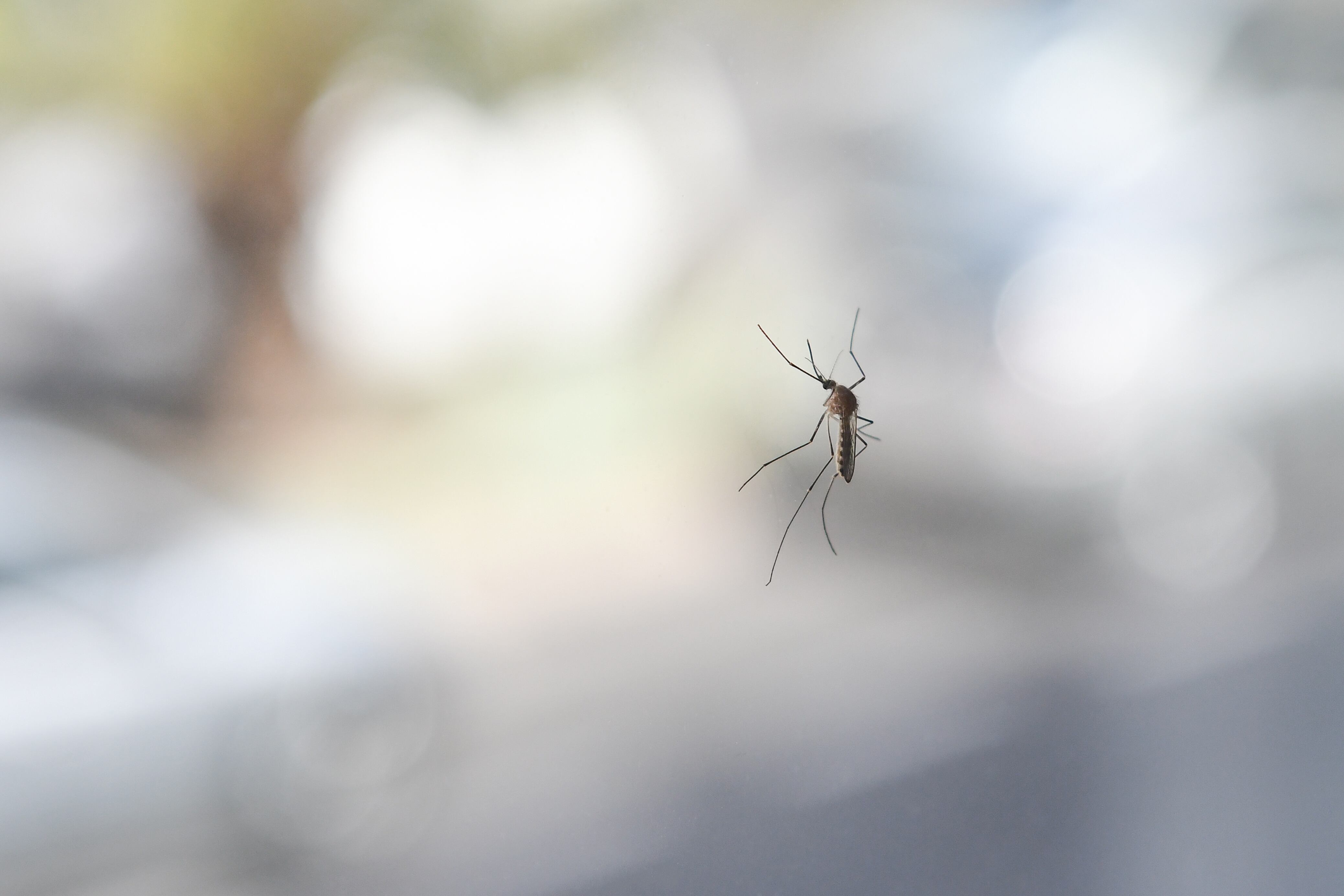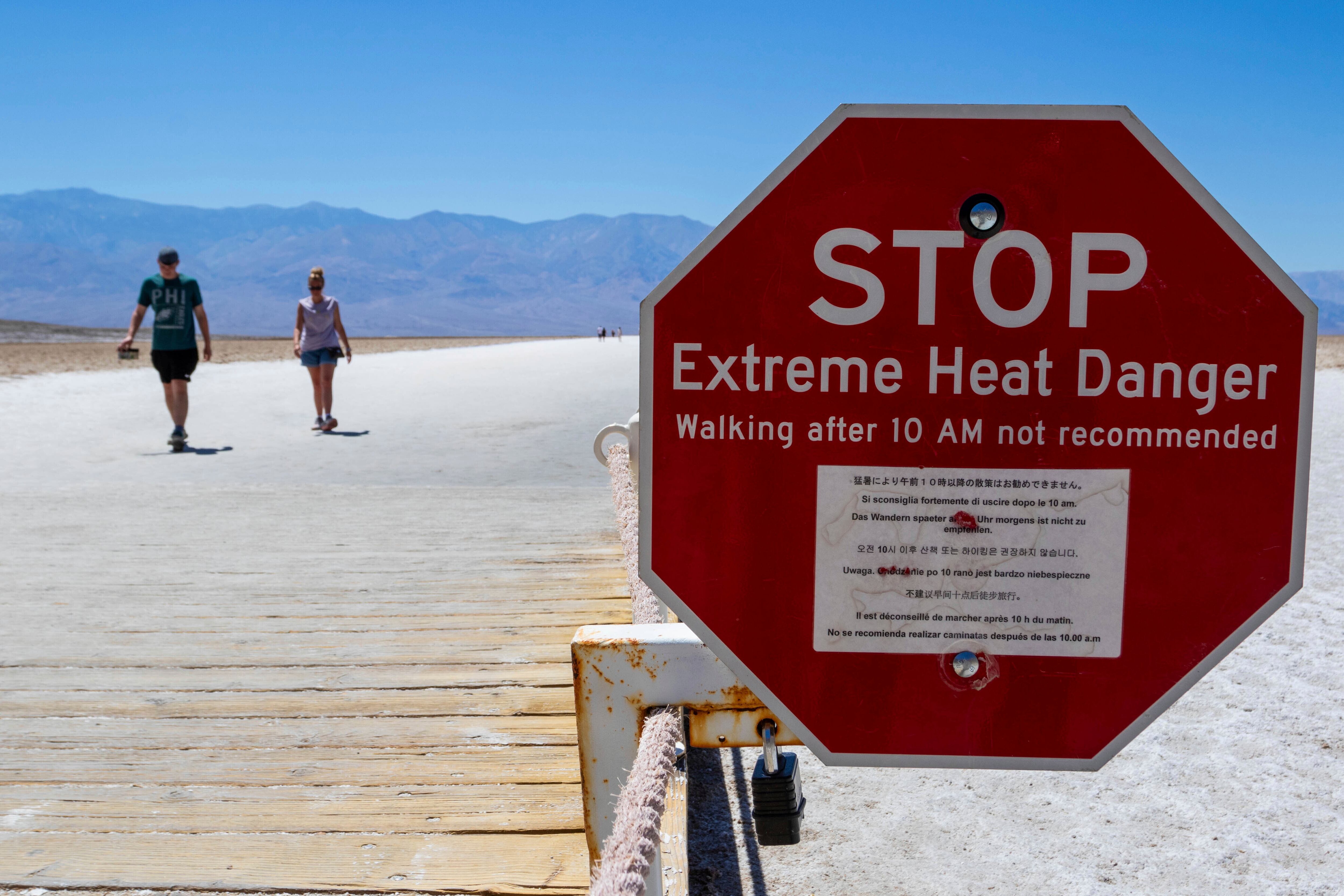It's been unseasonably warm in many parts of the country this winter, but nothing compared to the Arctic. Temperatures normally hover around four degrees below zero, but have been climbing much higher.
Laura Geggel, Senior Writer at Live Science, explains why these high temperatures are causing concern. Heat waves in the arctic aren't a new phenomenon, but normally they happen once every 10 years. The last heat wave in the arctic was just two years ago.
Geggel also discusses a German company's plan to establish a 4G mobile coverage on the moon. The network will reportedly be set up in 2019.
Millions of Americans continue to be under a heat advisory as extreme temperatures are still affecting the southern U.S.
Florida's latest invasive species comes a-hoppin' down the street: lionhead rabbits.
Be Well: Understanding Mosquito and Tick-Borne Illnesses Ahead of Your Summer Ventures
Be Well: How to Improve Your Core Strength in Four Minutes
A 7.2 magnitude earthquake was reported in Alaska over the weekend, leading to a brief tsunami warning.
Over 11 million Americans are under a heat advisory, with the extreme weather hitting the southern U.S.
Temperatures in central and southern California could hit 120 degrees Fahrenheit this weekend.
The World Health Organization moved to classify aspartame, the artificial sweetener in diet soda, as a possible carcinogen.











